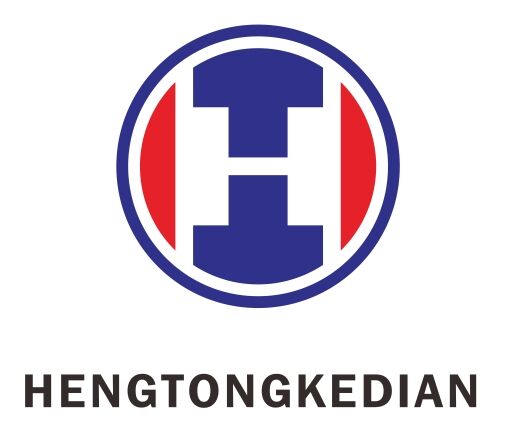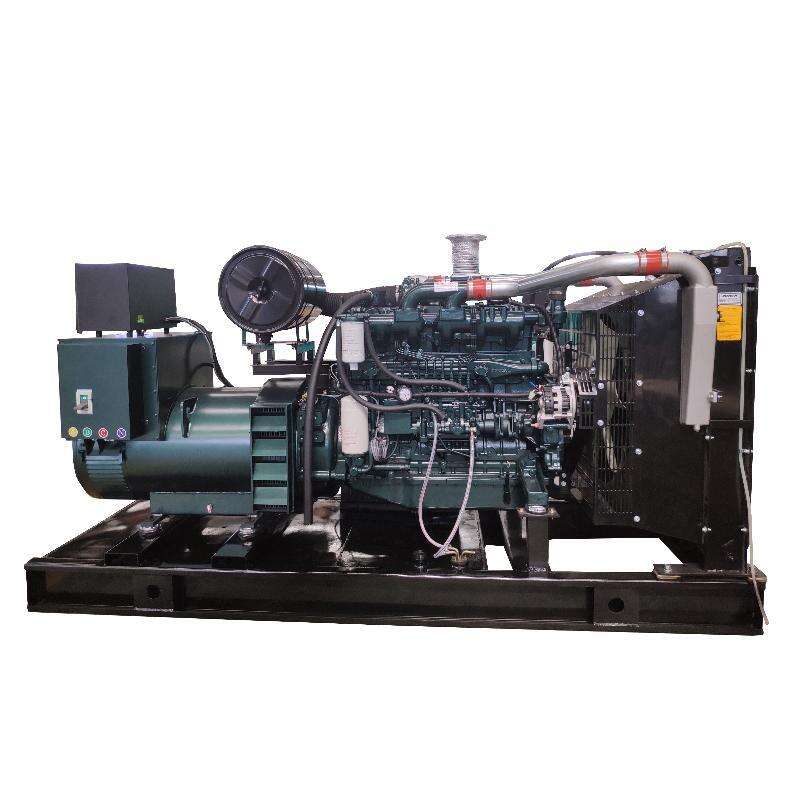Generators are essential equipment that generates power when there is none available. Lots of things like lights, computers and even fridges have these shutdown mechanisms built in to keep stuff running smoothly. This is particularly true for many businesses that need to use power. Many companies and brands make generators in Singapore, but all the generators are not same from all auguars as you think. IfiationGenerators vary in their quality, with some generators being more powerful and others being longer-lasting: easier to apply than everyone else. Here are the 8 Singapore generator companies that we have listed for you to choose from. To help you with your selection process,
8 Best Generator Companies in Singapore
Cummins
Cummins: A trusted brand that has been producing generators for over a century. They build very high efficiency (or intelligent use of energy) generators that provide green power. QPS generators are perfect for either large corporations that require a great deal of electricity as well as small businesses which may demand less.
Yanmar
Yanmar is a well-known Japanese company, known for producing compact and mid-sized generators. These are the most reliable generators, in terms of working and nonworking properties. On the other hand They can run longer without rest. There is an immense range of Yanmar models to cater for the varying needs of businesses.
FG Wilson
FG Wilson - FG Wilson is a brand which mainly manufactures diesel generators. Boerne Cars with a Reputation for ReliabilitydbcTemplate(Contact) - Known to Deliver Their generators are very tough and can last for several years without major repairs hence it is made of high quality materials that protects the generator in all types of weather. With so many models to choose from, FG Wilson has a generator that will perfectly fit the bill for companies of every size.
Kohler
Kohler is a historic brand that has been building generators for more than 100 years. They are well known for manufacturing top-rated but easy to use and maintain types of generators. Kohler standby generators are especially useful for gyms, health care providers or any other business that does not want to miss a beat if the electricity goes out.
Caterpillar
For over 100 years Caterpillar is a brand. They build some super fuel efficient and powerful generators. Business continuity generators are built for large businesses that require a lot of power to maintain their processes as they run smoothly. Quickie products are popular for being tough and reliable.
Mitsubishi
Mitsubishi - Japanese manufacturer of small and medium-sized gensets. Like Yanmar, their generators are highly reliable and can operate consecutively for hours without a break. They provide a big list of models to choose from, catering for all kinds and sizes of business.
Kohler SDMO
Kohler SDMO Generators featured for industrial and commercial usage. The generators of these are known for their high durability and reliability in every cover. They are designed for businesses that need serious power to run at pace.
MTU Onsite Energy
Follow MTU Onsite Energy:MTU Onsite Energy is a brand dedicated to producing diesel generators. Known for being powerful and reliable, this allows their generators to handle heavy use, year after year. MTU Onsite Energy has a complete portfolio of generator sets to meet the demands for both large and small businesses.
8 Best Generator Companies in Singapore
Cummins
Yanmar
FG Wilson
Kohler
Caterpillar
Mitsubishi
Kohler SDMO
MTU Onsite Energy
Top 180 Kva Generator Companies in Singapore
The 180 Kva generator is a good option if you need the high-power generator to run all your appliances and equipment. Top 8 Companies In Singapore That Make 180 Kva Generator
Cummins
FG Wilson
Kohler
Caterpillar
Mitsubishi
Pramac
Wartsila
Lovson
The Top 180 Kva Generator Brands in our List
Cummins
FG Wilson
Kohler
Caterpillar
Mitsubishi
Pramac
Wartsila
Lovson
Finally, generators are very essential to the continuity of our businesses. It ensures that the most important electronics: lights, computers and refrigerators are always on when there is a power outages. As a result of there being so many others that pass for generator companies in Singapore, it is highly doubtful anyone may have the ability to see your way via this minefield fully without getting help. We hope that the above 8 generator companies have given you some of the best options as well choose the right company for your business. A good generator is the safety net that ensures your business will always be able to continue running, even if there are issues with supply of electricity.

 EN
EN
 AR
AR
 BG
BG
 HR
HR
 CS
CS
 DA
DA
 NL
NL
 FI
FI
 FR
FR
 DE
DE
 EL
EL
 HI
HI
 IT
IT
 JA
JA
 KO
KO
 NO
NO
 PL
PL
 PT
PT
 RO
RO
 RU
RU
 ES
ES
 SV
SV
 TL
TL
 VI
VI
 TH
TH
 TR
TR
 GA
GA
 CY
CY
 BE
BE
 IS
IS


